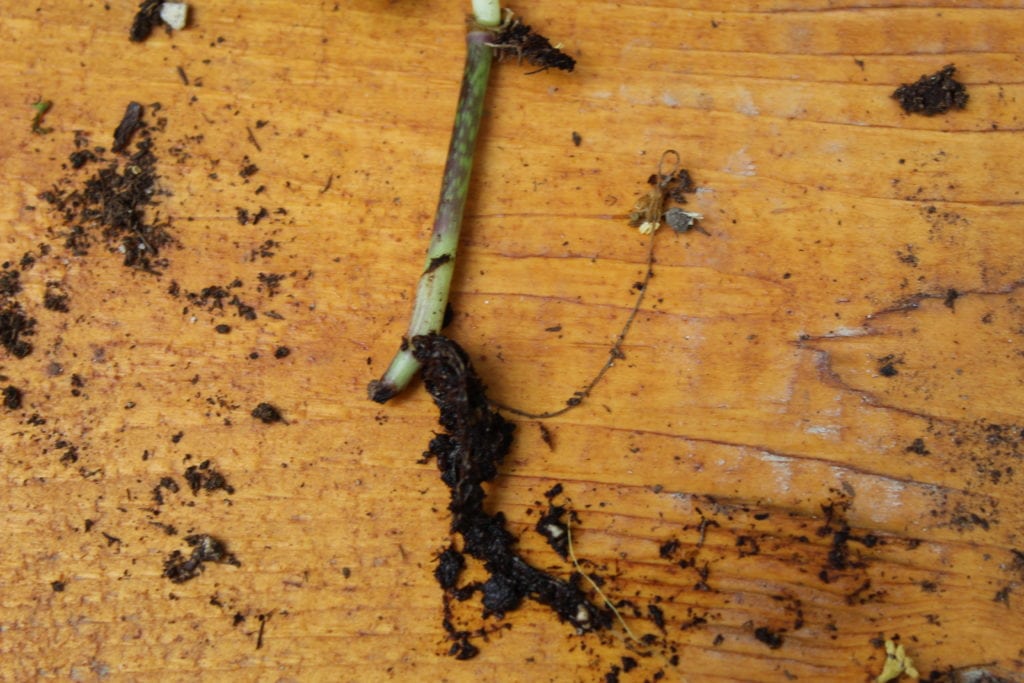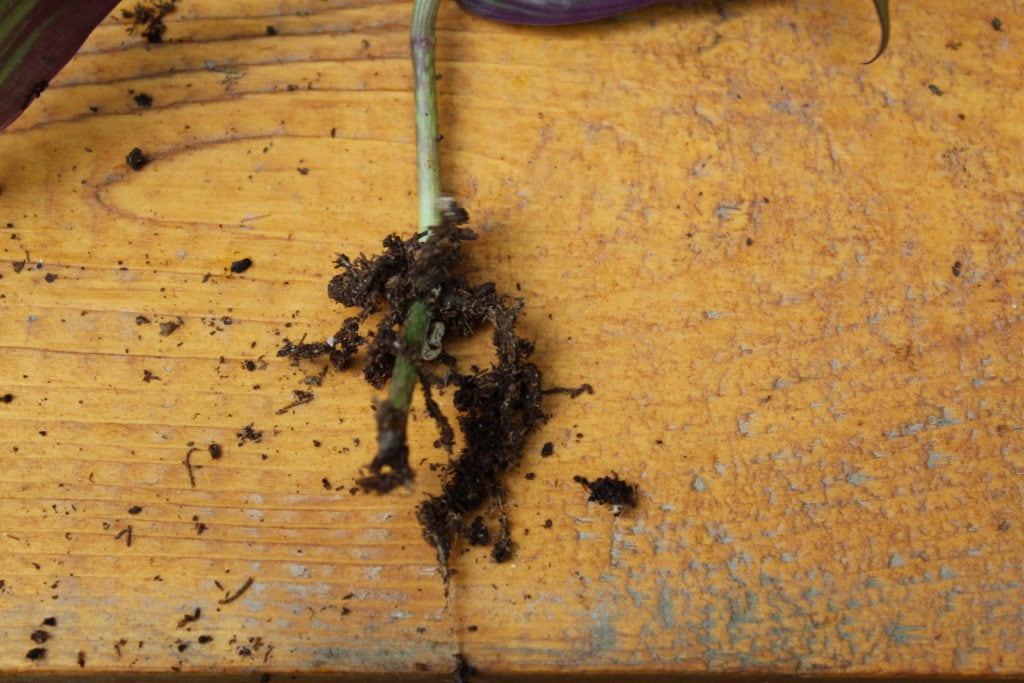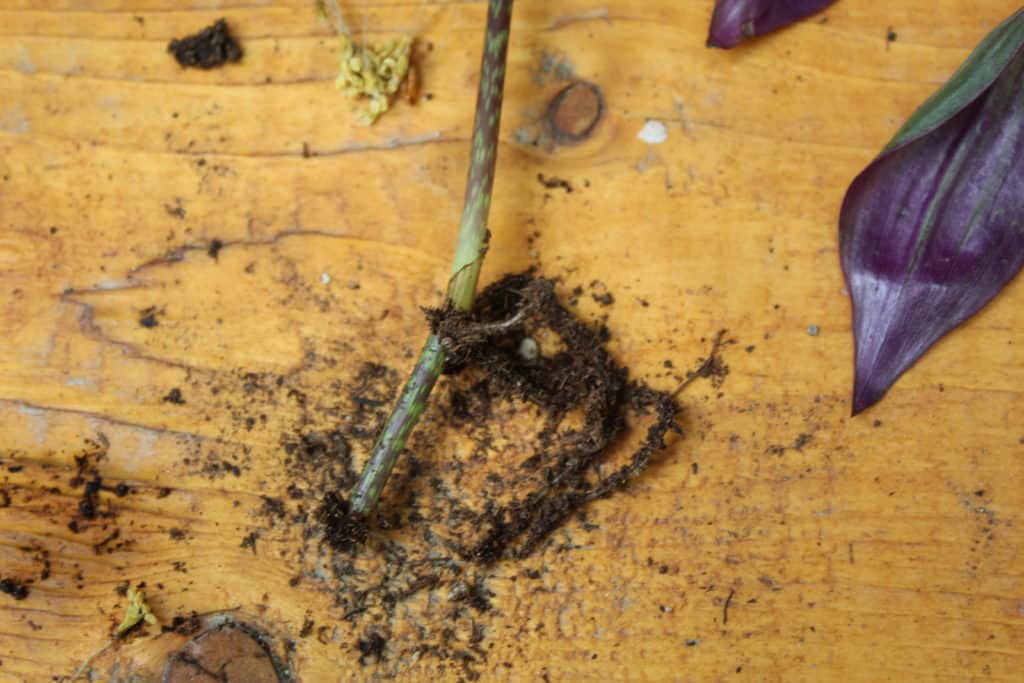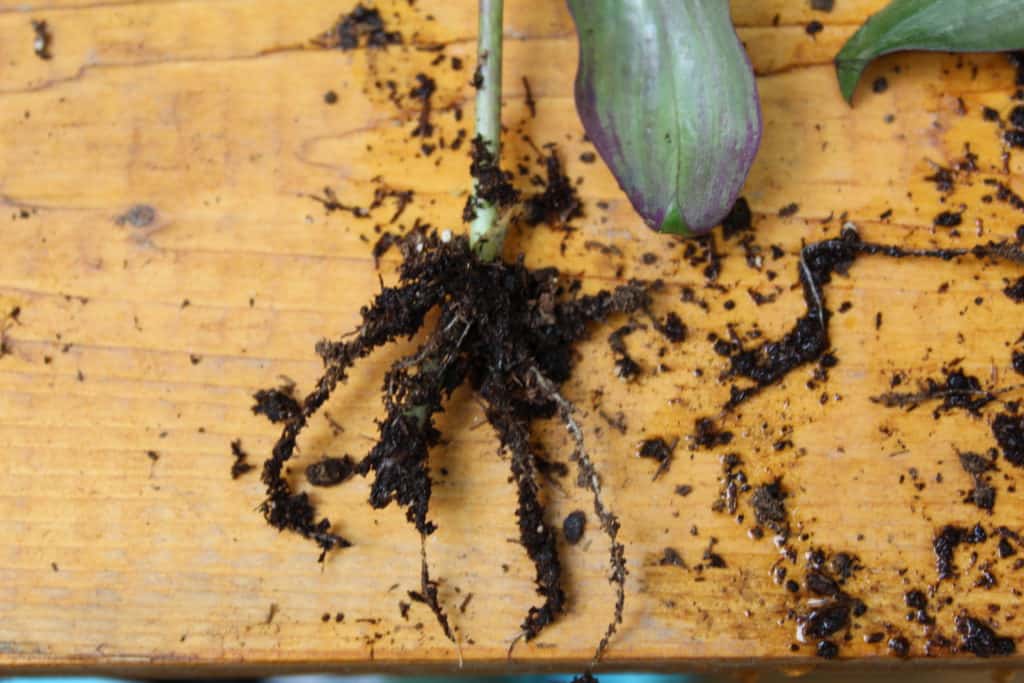DIY Natural Rooting Hormone
Spring is a great time to take plant cuttings and fill your house and garden with baby plants. Here are some simple DIY natural rooting hormone options. I even test out four different kinds to compare!
What is Rooting Hormone?
Rooting hormone is typically a powder, gel, or liquid substance that you put on the end of plant cuttings in order to encourage their growth.
Plants have a hormone called “auxins” that help the plant know when they should start sprouting roots. Some plant have more of this hormone than others. A rooting hormone has either natural or synthetic auxins in them to convince the plant it’s time to make a lot of roots!
Do I need to use rooting hormone?
Not necessarily. Some plants are ready rooters and they’ll grow new ones just sitting a glass of water.
Other plants could use a little encouragement and it can be beneficial.
Overall no, a rooting hormone isn’t essential. Plants will grow and propagate with or with out us. Rooting hormone just gives them that extra boost and encourages the likelihood that it will work.
Honey as a Rooting Hormone
Honey is said to have enzymes that promote root growth. I don’t know if that’s scientifically proven but honey does have amazing antiviral and antibacterial properties that help to protect the end of your plant cutting. This prevents rot from happening and allows for the plant’s natural instincts to do their rooting thing.

See how honey did compared to other options below!
Cinnamon Rooting Hormone
Cinnamon like honey has anti-fungal properties. I don’t know that i truly doe much to stiulate root growth as much as it keeps the cutting free from any type of invading fungus.

DIY Natural Rooting Hormone Experiment
This experiment was fairly simple. I selected a plant that is already fairly easy to root so I hoped the results would be dramatic. The test subject is a Wandering Jew also called an Inch Plant (tradescantia zebrina).
I took cuttings of equal length and at the same location just above a leaf node.
The lower leaves were trimmed back.
I then applied (or didn’t apply in the case of the control sample) the chosen rooting hormone.
All the cuttings were placed in identical pots, set in the same location, and given the exact same amount of water. I let them grow for about three weeks.
Here are the results!
No Hormone and No Water
For this test subject I made the cutting and stuck it in the dirt. No additions of any kind.

There is some growth for sure! This performed probably the worst of all the tests.
Root and Grow (Commercially available rooting hormone)
To apply the Root and Grow I dipped the cutting in water, then dipped it in the powder, then stuck ‘er i n the soil.

This had the second best results of the test.
Water
A quick dip in the watering can then into the pot. This one did okay, only a little better than nothing at all.

Honey
I combined 1 tsp of honey with 1 oz of slightly warmed water. Then the cutting was dipped in the sweet mixture and planted.

This test subject was a “womp womp” situation. When I went to check the plant it was clear it had snapped loose from its roots a few days ago so I wasn’t able to compare it to the others.
Cinnamon
Dipped in water, then dipped in cinnamon, then planted.

This proved to be our best rooter of them all!
Cinnamon and Honey
First I dipped the cutting in the honey water, then in the cinnamon, then planted it. This one performed third best in the test.

What DIY Rooting Hormone Worked the Best?
In the end my little experiment showed that cinnamon was hands down the best rooting hormone option, even better than a store bought option.
The negative here is of course that my honey test subject snapped off in the wind, so I can’t say for certain how well plain honey would have performed.

Other Natural Rooting Hormones
There are a myriad of different types of natural rooting hormones out there you can try. Honey and cinnamon are the two most popular I’ve heard of. Some other optinos you can try are:
- Apple Cider Vinegar (what can’t this stuff do??)
- Willow Water
Watch and Learn
Pin it for Later








